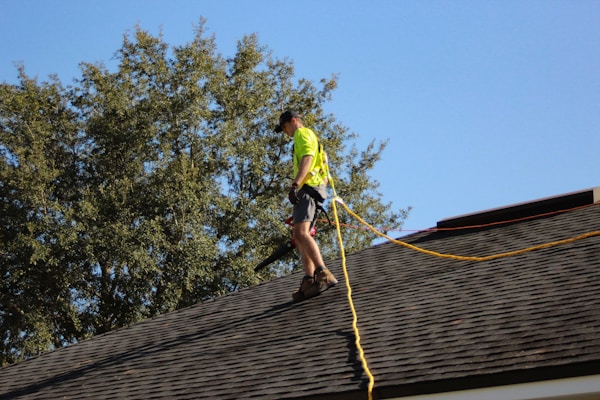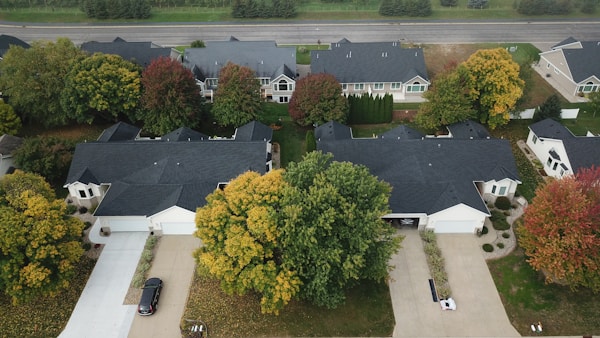Your home’s roof is one of the most important parts of your house. It serves as the first line of defense against the elements, protecting you and your family from harsh weather conditions and other external factors. Your roof not only helps to regulate the temperature of your home, but it also adds to the overall aesthetic appeal of your property. As a result, it’s important to understand how and when to replace your old roof. Keep reading to learn what goes into a quality roof replacement.
Factors Influencing Roof Replacement Costs

There are a variety of factors that can influence the cost of a roof replacement. One of the biggest factors is your location. Roof replacement cost Pennsylvania will be different from a roof replacement in Florida, for example. Aside from location, however, some additional factors include the type of roofing material, the size and complexity of the roof, as well as any additional features such as chimneys, skylights, or ventilation systems. Each of these elements can affect the overall cost of your roof replacement project.
When it comes to roofing materials, asphalt shingles are the most common and affordable option, but other types, such as metal, wood, or slate, can be more expensive. The cost of labor can also be a significant factor, with rates varying depending on the experience and expertise of the roofing contractor you choose to work with. Additionally, the physical location of your property may affect your final cost as labor and material prices can vary by region.
Understanding Roof Replacement Estimates

When seeking a roof replacement estimate, it’s important to understand that different contractors may provide different price points based on their evaluation of the project. A comprehensive estimate should include a breakdown of all the costs involved, such as materials, labor, and any additional fees or permits that may be required. Be sure to carefully review each estimate to determine which one offers the best value for your specific needs.
Some roofers may charge based on the number of “roofing squares” (defined by each 100-square-foot area of your roof) to simplify the estimate process. This can make it easier to compare quotes from different contractors, but it’s essential to make sure you are comparing “apples to apples” when evaluating these bids. Be sure to clarify any questions or concerns you may have with your chosen contractor to ensure there are no surprises or hidden costs in the final bill.
Furthermore, it’s crucial to confirm that the estimate you receive includes any warranties or guarantees on both materials and labor. Reputable contractors should offer at least a basic warranty on their work, protecting you from any issues that may arise after the roof replacement is completed. Make sure you are aware of the exact terms of the warranty before committing to a specific roofer.
Achieving a High-Quality Roof Replacement

When planning a roof replacement, it’s essential to choose a reputable and experienced contractor who can ensure a high-quality installation. Take the time to research and compare different contractors, ask for references, and view examples of their previous work. Additionally, make sure your chosen contractor is properly licensed, insured, and familiar with local building codes and regulations to ensure a successful project. Investing in a well-installed, durable roof can provide long-lasting protection for your home and improve your home’s energy efficiency while enhancing its overall appearance and value.
Altogether, replacing a roof is a significant investment for homeowners, but it can provide long-term benefits and increase the value of your property. By taking the time to understand factors that influence roof replacement costs, comparing estimates, and preparing adequately, you can confidently approach the project and enjoy the long-lasting results of a beautifully installed new roof.

